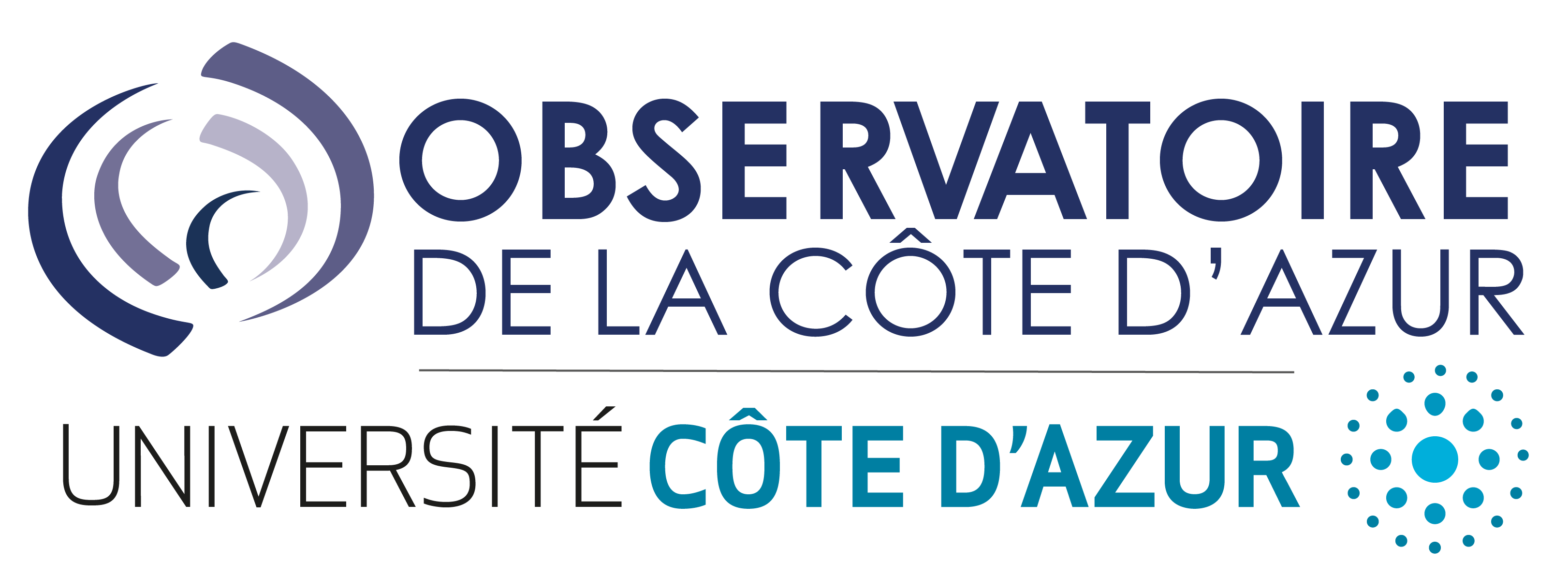The Hera Radio Science Experiment at Didymos
Résumé
Hera represents the European Space Agency's inaugural planetary defense space mission and plays a pivotal role in the Asteroid Impact and Deflection Assessment international collaboration with NASA DART mission that performed the first asteroid deflection experiment using the kinetic impactor techniques. With the primary objective of conducting a detailed post-impact survey of the Didymos binary asteroid following the DART impact on its small moon called Dimorphos, Hera aims to comprehensively assess and characterize the feasibility of the kinetic impactor technique in asteroid deflection while conducting an in-depth investigation of the asteroid binary, including its physical and compositional properties as well as the effect of the impact on the surface and shape of Dimorphos. In this work, we describe the Hera radio science experiment, which will allow us to precisely estimate critical parameters, including the mass, which is required to determine the momentum enhancement resulting from the DART impact, mass distribution, rotational states, relative orbits, and dynamics of the asteroids Didymos and Dimorphos. Through a multi-arc covariance analysis, we present the achievable accuracy for these parameters, which consider the full expected asteroid phase and are based on ground radiometric, Hera optical images, and Hera to CubeSats InterSatellite Link radiometric measurements. The expected formal uncertainties for Didymos and Dimorphos GM are better than 0.01% and 0.1%, respectively, while their J2 formal uncertainties are better than 0.1% and 10%, respectively. Regarding their rotational state, the absolute spin pole orientations of the bodies can be recovered to better than 1°, and Dimorphos' spin rate to better than 10−3%. Dimorphos reconstructed relative orbit can be estimated at the sub-m level. Preliminary results, using a higher-fidelity dynamical model of the coupled motion between rotational and orbital dynamics, show uncertainties in the main parameters of interest that are comparable to those in standard radio science models. A first-order estimate of the expected uncertainty in the momentum transfer efficiency from DART's impact, obtainable with Hera, yields a value of about 0.25. This represents a significant improvement compared to current estimates. Overall, the retrieved values meet the Hera radio science requirements and goals, and remain valid under the condition that the system is determined to be in an excited but non-chaotic (or tumbling) state. The Hera radio science experiment will play an integral role in the exploration of the Didymos binary asteroid system and will provide unique scientific measurements, which, when combined with other observables such as optical images, altimetry measurements, and satellite-to-satellite tracking of the CubeSats, will support the mission's overarching goals in planetary defense and the deep understanding of binary asteroids.
| Origine | Publication financée par une institution |
|---|


